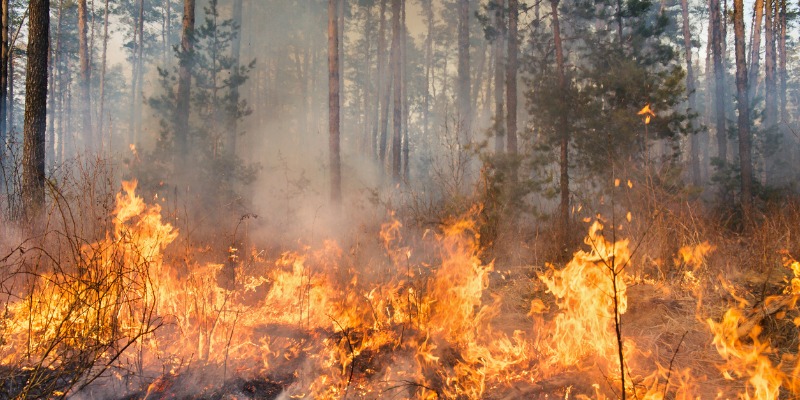In Cape Breton, it was noticed a reproducing population of bald eagles was still present. This pocket of the population was spared as DDT was not widely used there as it was not an area of agricultural significance. After the ban was in place, a program of gradually taking young eagles from Cape Breton to other areas of the Maritimes and to the U.S. began. A fledgling population gradually started to reappear. This has all led to the rewarding return of the bald eagle population to the point we can now see the scenario sighted near the Petitcodiac River in December 2006.
http://timestranscript.canadaeast.com/lifetimes/article/1396459
I guess Neslon didn't know about the DDT SPRAYING in 1957.
For 6 years, 220 airplanes applied DDT to the forests.
Broadcast Date: July 7, 1957
Canada's forests are under attack. The invaders: a vast army of caterpillars relentlessly mowing down prime Maritime softwood. An outbreak of spruce budworm is threatening millions of acres in New Brunswick and Quebec. Canada is fighting back with the largest forest conservation program in history. At an impromptu air base called "Budworm City," daring pilots give Newsmagazine a tour of an enormous spraying operation. Their 220 planes are armed with the ultimate weapon: a "miraculous" pesticide known as DDT.
Parks Canada
Cape Breton – Nova Scotia's Bald Eagle Haven
Most of the Nova Scotian breeding bald eagle population is found on Cape Breton in the summer – in a 1984 survey, nearly 80% of the occupied bald eagle nests in Nova Scotia were found in Cape Breton.
The Nova Scotian population of bald eagles is important because of how few bald eagles were left in much of northeastern North America after widespread use of the pesticide DDT began. In fact, the bald eagle was considered an endangered species in the United States for many years. However, the Nova Scotian population of bald eagles remained relatively healthy and unaffected by DDT. Some Nova Scotian birds were sent to the United States to help re-establish the bald eagle populations in New Jersey and Massachusetts in the 1980s.
Bald eagles and other predatory birds are often at the top of the food chain. Toxins get more and more concentrated in animals that approach the top of the food chain, so a healthy population of birds of prey can be a good indicator of overall ecosystem health. To this end, a Raptor Monitoring Program was started by Cape Breton Highlands National Park in 2001. This program has volunteers walk trails regularly, actively searching for evidence of birds of prey.
http://www.pc.gc.ca/eng/pn-np/ns/cbreton/natcul/natcul1/c/ii/a.aspx
More than 100,000 bald eagles were killed (for profit) in Alaska from 1917 to 1953. Alaskan salmon fisherman feared they were a threat to the salmon population.
Causes of death to the bald eagle are:
- The majority of recreational hunters are law abiding and safety conscious. Unfortunately, eagles are occasionally killed by fatal gunshot wounds inflicted by careless and ignorant hunters, malevolent people, and poachers who want to sell their feathers and talons on the black market.
- Electrocution from taking off and landing on power poles when their large wings bridge two wires, resulting in fatal burns or heart failure.
- Lead poisoning from eating wounded deer, ducks, and other game which eluded the hunter and later died. Three pellets can kill an eagle.
- Less adept at hunting, young eagles are more likely to eat carrion, and possibly ingest poisoned meat used to bait wolves and coyotes.
- Collisions with vehicles.
- Starvation where the food is scarce. Up to half of them starve to death their first winter, due to lack of hunting skills.
- If an eagle ends up in the water due to misjudgment of altitude or snagging a large fish, there's a danger they may die of exposure.
- Starvation where the food is scarce. Up to half of them starve to death their first winter, due to lack of hunting skills.
- Collisions with vehicles.
- Less adept at hunting, young eagles are more likely to eat carrion, and possibly ingest poisoned meat used to bait wolves and coyotes.
- Lead poisoning from eating wounded deer, ducks, and other game which eluded the hunter and later died. Three pellets can kill an eagle.
- Electrocution from taking off and landing on power poles when their large wings bridge two wires, resulting in fatal burns or heart failure.
![]()





